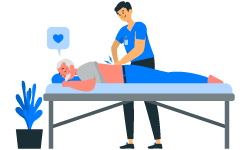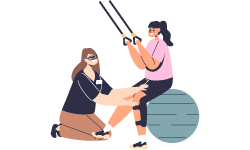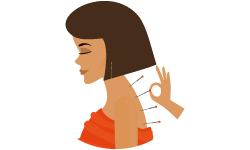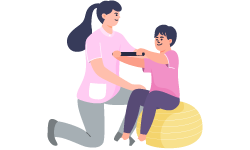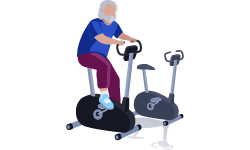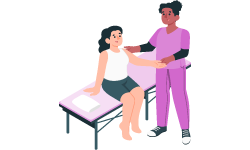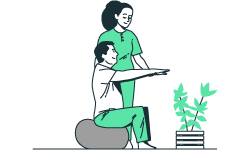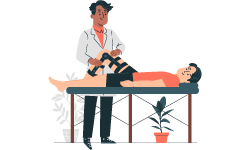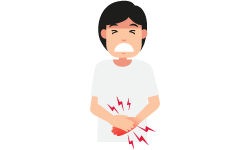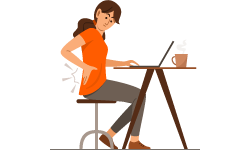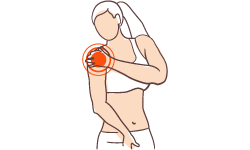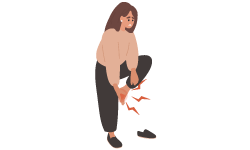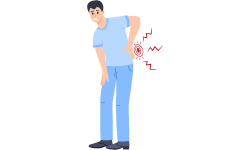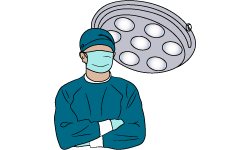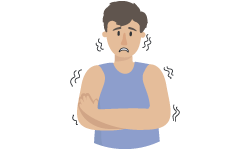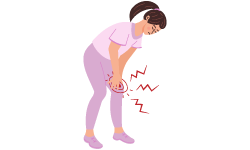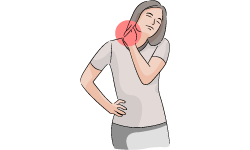A herniated or ruptured disc develops when one of your spine's discs bulges or ruptures. This causes pain, discomfort, and nerve sensations. Slipped disc causes, symptoms, and treatments:
Causes of Slipped Disc:
- Age: Spinal discs lose water content, resulting in decreased flexibility and increased risk of herniation.
- Trauma: A sudden spine injury can herniate a disc.
- Repetitive Strain: Over time, repetitive bending, lifting, and twisting can cause disc herniation.
- Poor Posture: Prolonged sitting or standing might increase disc herniation risk.
- Genetics: Some people are predisposed to disc issues.
- Weight: Excess weight puts stress on the spine, worsening disc troubles.
Slipped Disc Symptoms: Symptoms vary based on herniation location and nerves impacted. The usual symptoms are:
Back pain: Often radiates down buttocks and legs.
Numbness or Tingling: The affected lower limb (leg or foot) may experience numbness or tingling.
Muscle Weakness: Trouble lifting or walking on toes or heels.
Sciatica: Sharp, shooting pain from lower back to leg.
Treatment Options for Slipped Disc:
Treatment for a slipped disc varies on the degree of symptoms and individual circumstances. Common methods:
- In moderate situations, rest, physical therapy, and pain medication are advised.
- Physical therapy: Targeted exercises to increase flexibility, strength supporting muscles, and reduce discomfort.
- Medication: Over-the-counter or prescription pain and inflammatory drugs.
- Epidural injections: Corticosteroid injections to relieve inflammation and pain.
- Surgery: In severe cases where conservative measures fail, surgery may be considered.
Conclusion:
A slipped disc can cause pain, but effective therapy can relieve it for many people. If you're suffering slipped disc symptoms, see a doctor for a proper diagnosis and treatment plan.

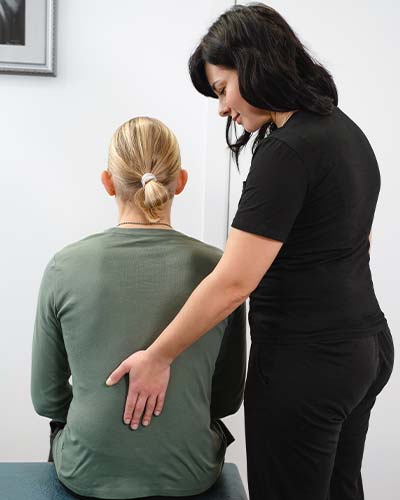










 1st Feb 2024
1st Feb 2024
 23rd Jul 2023
23rd Jul 2023
 23rd Jul 2023
23rd Jul 2023
 18th Jul 2023
18th Jul 2023
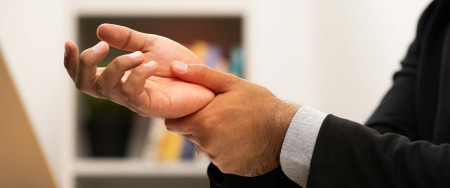 16th Jul 2023
16th Jul 2023
 16th Jul 2023
16th Jul 2023
